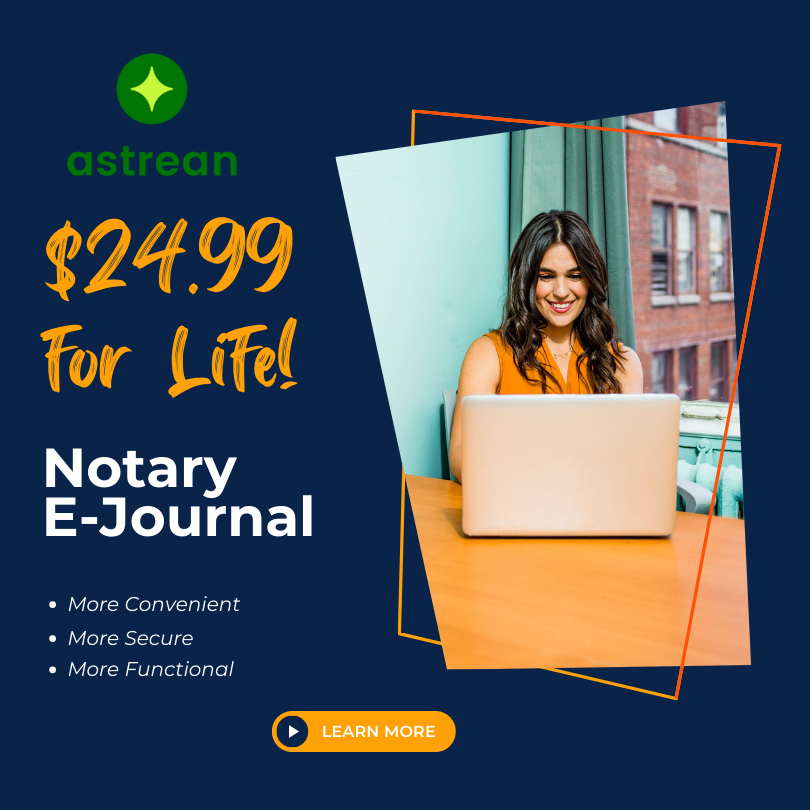What is the USDA Rural Development Rider in Notarization
When it comes to notarization, there are various terms and concepts that notaries need to be familiar with. One such term is the USDA Rural Development Rider. In this article, we will delve into the definition, description, discussion, and example of this term within the context of notarization.
What is the USDA Rural Development Rider?
The USDA Rural Development Rider is a document that is often attached to a mortgage or deed of trust. It is specific to properties located in rural areas and is required when financing a property with a loan obtained through the United States Department of Agriculture (USDA) Rural Development program.
This rider serves as an additional provision to the mortgage or deed of trust, outlining specific requirements and regulations that must be adhered to. It is designed to protect both the lender and the borrower and ensures compliance with the USDA funding guidelines.
Why is the USDA Rural Development Rider Important?
The USDA Rural Development Rider is essential in the notarization process as it provides crucial details and instructions for the parties involved. By including this rider in the documentation, notaries can ensure that all parties are aware of the additional requirements set forth by the USDA Rural Development program.
Notaries need to be familiar with the USDA Rural Development Rider as it may contain specific stipulations that must be met before the loan is approved and the property can be financed. These requirements often relate to the property location, occupancy, and use of funds.
Discussion: Key Elements of the USDA Rural Development Rider
1. Rural Property Eligibility: The USDA Rural Development program focuses on providing assistance to borrowers looking to finance properties in rural areas. The rider may define the specific criteria that determine whether a property qualifies as “rural” or not.
2. Occupancy Requirements: The rider may outline the requirements for the property to be occupied by the borrower. This could include primary residence restrictions or limitations on the use of the property for agricultural purposes.
3. Income Restriction: The USDA Rural Development program often sets income limits for individuals or families seeking financing. The rider may state the income requirements that the borrower must meet to be eligible for the loan.
4. Funding Use: The rider may specify how the funds obtained through the loan can be used. For example, it may outline that the funds can only be used for purchasing, improving, or repairing the property.
Example of the USDA Rural Development Rider in Notarization
Let’s consider an example to better understand the USDA Rural Development Rider. Mary is looking to finance a property in a rural area through the USDA Rural Development program. As part of the notarization process, the notary provides her with the mortgage documents that include the USDA Rural Development Rider.
The rider states that the property must be located in a designated rural area, which is determined by the USDA. It also mentions that Mary must occupy the property as her primary residence and that she cannot use the property for any commercial or agricultural purposes.
Additionally, the rider sets an income restriction, stating that Mary’s household income should not exceed a certain threshold. Lastly, it specifies that the loan funds can only be used for purchasing and improving the property.
By having the USDA Rural Development Rider attached to the mortgage documents, both Mary and the lender are aware of the specific requirements and conditions that must be met to proceed with the loan.
Summary
The USDA Rural Development Rider plays a vital role in notarization when dealing with properties located in rural areas and financed through the USDA Rural Development program. It outlines additional requirements and regulations that must be met by the borrower and protects the lender’s interests. Notaries should be familiar with this rider and ensure its inclusion in the documentation to facilitate a smooth and compliant notarization process.
For more informative articles on notarization and related topics, explore our website’s extensive collection to expand your knowledge and enhance your notary services.

